Society restaurant: Seven things you need to know ahead of this week's opening

Updated , first published
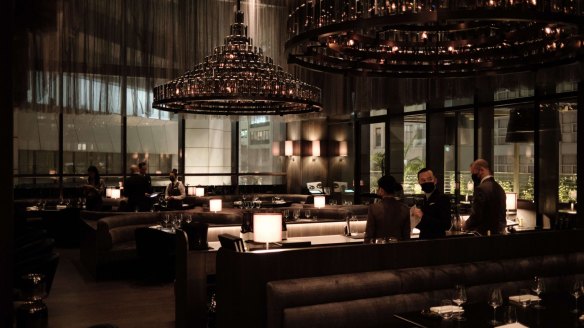
It's been a long time coming, but as Melbourne comes out of lockdown, the Chris Lucas masterpiece, Society, stands poised to finally welcome its first diners on Friday.
Melbourne's most anticipated restaurant has had a four-year lead-in and three opening dates scuppered by lockdowns. It's also had more stories written about it before it's even opened than most restaurants have in five years of trading.
So why should Melbourne care about Society, the Lucas Group restaurant at 80 Collins, launching on Friday? Here's why it matters.
Related Article
"It's not a story about a restaurant. It's a story about a city"
So says owner Chris Lucas, who has shepherded his Melbourne restaurants (Chin Chin, Kisume and Baby) through five lockdowns.
Putting everything on hold again 10 days ago just as the restaurant was gearing up to open has been awful but in the end it's just another stumbling block.
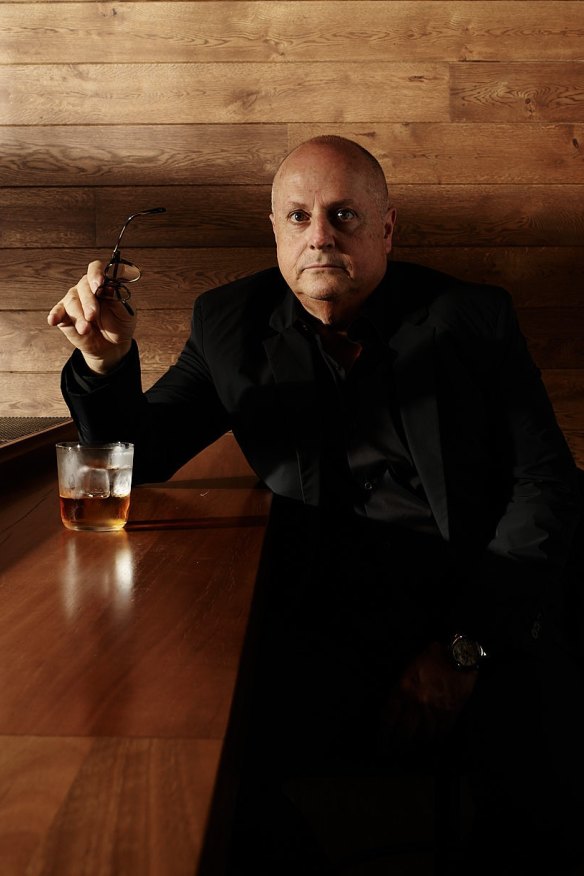
"This whole pandemic period has made me grow as an individual and I didn't think I could do that at my age," says the veteran restaurateur, 60. "When you have 1200 people who rely on you, and they have husbands, wives and children that rely on you, it puts life into perspective."
He had a mindset shift after lockdown three. "I took the view that it is what it is and there are only certain things you can control," he says. "Clearly we can't control when we come in and out of lockdown. Once I was able to separate the issues and focus on my staff being mentally, financially and physically OK, I was able to move forward and concentrate on hope and purpose."
Hope and purpose is what he's holding on to as he finally opens his grandest restaurant yet.
"Someone has to stand up and say it's going to be all right," he says. "Yes, it's a special restaurant, it's grandiose, it has the best talent – we know this stuff. But it's also the fact that we haven't let this thing beat us. This city prides itself on its food culture. Society has gone beyond a restaurant opening: it's a sign of who we are as a city and a community."
He sees diners and workers standing together in this project. "The staff, the 1200 diners who have sent me emails in the last week, they are just as determined as I am," he says. "It's not about a restaurant opening, it's about hope for Melbourne."
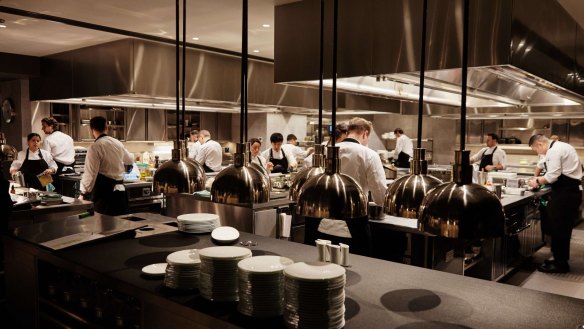
The extraordinary kitchen will draw talent and upskill the next generation of chefs
Executive chef Martin Benn has built his dream kitchen, not just because it's a delight to cook in but because it will draw and retain talent. It's large, gleaming and streamlined, a stage set for culinary artistry, combining grand vision and tiny detail.
Linear benches are built over enamelled ovens, shipped from France and craned into position before the building closed around them. Charcoal-fired Josper barbecues sit at the far end, the only open flame in the mostly electric kitchen.
Tubs of melted butter, the size of small eskies, sit across three benchtops, ready for poaching seafood. The marron tub is kept at 75C, the pearl meat at 70C: everything just so.
It's all very spacious, with clear sightlines and even a window to the city outside, nothing like the typical kitchen cave, with room for up to 36 cooks at a time.
"I don't want young chefs to say they have to learn in the Eleven Madison Parks and Nomas of the world," says Benn. "This kitchen is to stop chefs from wanting, needing to go overseas.They have never seen anything like it."
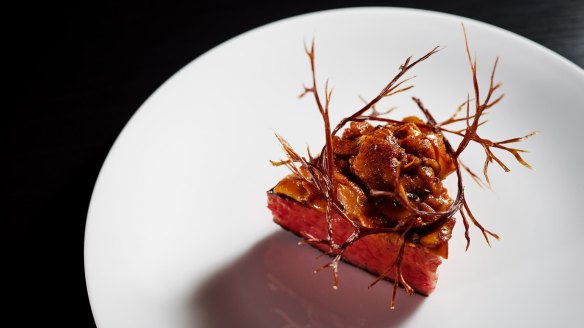
You'll eat dishes that have undergone as much R&D as a billionaire's rocket
Chef Thomas Woods (ex-Woodland House) will oversee Lillian Terrace, the more casual dining area that will open two weeks after the main restaurant.
He's been blown away by Martin Benn's unrelenting approach to dish design. "He doesn't stop thinking," says Woods. "He's always asking what else we can do to elevate it, find that Martin spin."
He outlines one King George whiting dish which has been "pushed and pushed and pushed ... We've done seven versions now over several weeks."
The dish is now an uncompromising pleasure to eat. "It also allows us to hone our skills and challenge ourselves as chefs," says Woods.
Even in the current lockdown, Martin Benn has been cooking and experimenting every day.
"The menu is changing even while we're closed," he says. "I've got to keep in front. We were going to open at the start of winter. Now it's nearly the end of winter. To keep me engaged and positive, I keep thinking about what I can change. I want the chefs to come back and there's more new stuff to learn."
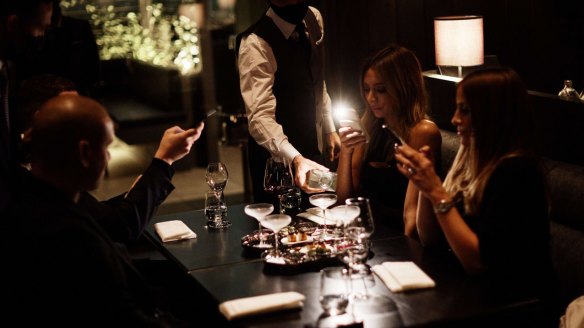
You can splash out or save up for wines you won't find anywhere else
Internationally recognised as one of the best sommeliers in the world, Loic Avril is beverage director across the Lucas Group and previously worked for Heston Blumenthal at Melbourne's Dinner and the Fat Duck in England.
He has never had so much fun putting a wine list together. The 1600-strong collection focuses on fine and rare Australian wines and French Burgundies and is displayed in library-style cabinets for diners to browse.
Prices range from around $60 for a local young gun to $45,000 for a 1945 Chateau d'Yquem Sauternes. "This is very likely the only bottle in the country, but it's not just that we have this one wine," says Avril. "It's that we have 21 vintages of d'Yquem from 1945 to 2017. The depth of vintage is very rare in Australia."
Expensive sipping isn't compulsory. "I want someone who has saved for a year to come here and doesn't have much in their pocket to still value their experience," he says. "We have 95 wines by the glass, with plenty under $20."
A Coravin wine-preserving system means Society can pour exceptional wines by the glass, including key Burgundies. "We are pouring Chateau Margaux 2000 from a magnum," says Avril. A 75ml snifter is $332.
You can drink like James Bond
World champion bartender Orlando Marzo has designed the cocktail list at Society. He's particularly excited about the vintage spirits he's sourced from collectors, including 1950s Gordon's Gin.
"You'll drink the actual martini that Ian Fleming would have been drinking when he came up with the James Bond 'shaken not stirred'," says Marzo. "We managed to find four bottles of 1950s Gordon's. The collectors were as excited to sell them as we were to buy them."
Vintage 1970s Campari and vermouth are available too, so you can drink a negroni just like a disco groover at Studio 54. The old-school drinks are around $150.
"If you want to remember your birthday, this could be your drink," says Marzo. "Drink better, not more."
Another highlight is a signature Caviar Martini, playing on traditional Russian caviar service, wherein fish eggs are chased by ice-cold vodka. "We infuse nori and butter into vodka," he says. "The martini is served with a tiny pretzel, filled with smoked creme fraiche and topped with a little crown of caviar. In Italy we say, 'You go to Rome, you visit the Pope.' We will be saying, 'You go to Society, you have a Caviar Martini.'"
It's a lavish but fun showcase of local and international design
Designer Ryan Russell shares his favourite Society vantage point. "The best spot to stand is as you walk in, facing the bar," he says.
To the left is the dining room, with its bespoke sculptural chandeliers, each 3 metres in diameter, 1.8 metres high, weighing 400 kilograms and glittering with prismatic crystals, each handmade in Melbourne by glass artist Mark Douglass.
Ahead, the marble bar is made from a single cliff face, cut and assembled to read as one sheet. The bar stools are each carved from a single fallen tree: they look like burnt logs but are surprisingly comfortable. To the right is the lounge and cellar.
"The whole notion of Society is that you'll come back again and again, so our design is about leading the eye to the next room, the next experience," says Russell.
Before the latest lockdown, he visited the restaurant for a soft launch, the first time a large group of people had actually populated the restaurant. "We've been rattling around on our own," he says.
"I sat on a banquette in the bar, with people I didn't know at the next table. We had tried to design it to be a fun, lively, interactive space, not stuffy, and by the end of the night we were chatting and swapping tables with our neighbours. It was a good feeling and also a relief to see it work. Restaurant design can only be tested when people use it."
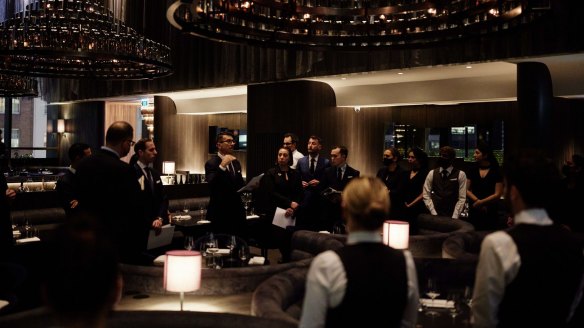
You're part of a hospitality school, saving the industry from chronic under-staffing
"Because of the pandemic, we don't have a huge pool of old-school hospitality professionals to draw from," says manager Danilo Mancini, previously at Dinner by Heston Blumenthal.
"We thought it was a great opportunity to design training to take someone from 'I never thought about working in a restaurant' to 'give me more, this could be a career for me'."
He is overseeing a largely young and inexperienced front-of-house team at Society. Before they are drilled in carrying three plates, staff are taught to care.
"The only thing that really defines service for me is listening to what you have to say as a guest," says Mancini. "Everything else follows from authentic listening and attentiveness."
He trains waiters to be aware of their peripheral vision. "You see the sommelier trying to get your attention, you see a person pouring themselves a glass of water – maybe they need more," he says. "Your attentiveness tells you the next steps."
Putting people at ease is also a focus. "From the outside, Society can look like a behemoth, a beautiful, grand restaurant, and that might scare people. They might think it's not going to be fun.
"We ask, 'How would I want the waiter to interact with me? How do I make sure they feel welcome and not overwhelmed?'"
It's about creating great experiences for guests and also for employees. "We are at a turning point in hospitality," says Mancini. "There's so much uncertainty and hospitality people are so multiskilled that lots of other industries are glad to get them."
So why would anyone work in a restaurant? "We answer that question with training, satisfaction, work-life balance and career progression," he says. "We want everyone to grow."
Continue this series
August hit list: Hot and new places to eat and drink in MelbourneUp next
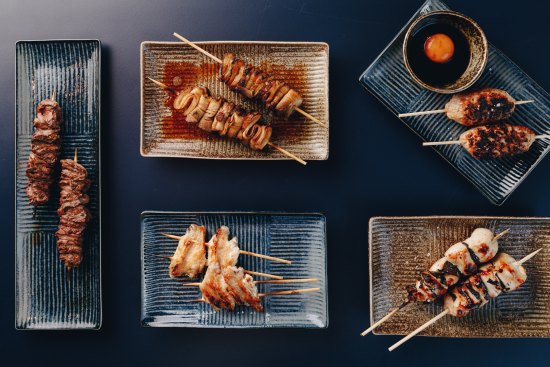
San Telmo team fire up Japanese grill restaurant, Robata, in former Gazi space
The San Telmo team celebrate the art of cooking over binchotan charcoal at new city hotspot, Robata.
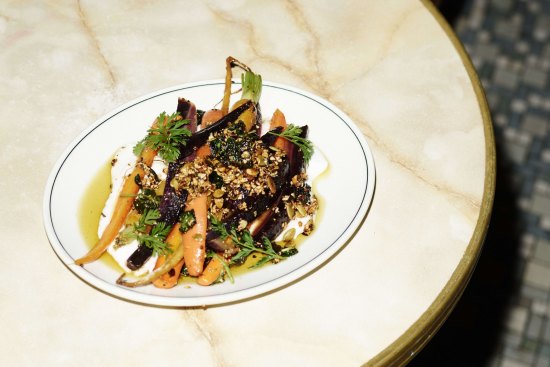
Richmond's Saint Urban is reborn as Waygood, a Parisian-style wine bar
Melbourne's thirst for new ways to enjoy great wine is quenched with this part bottle shop, part wine bar from the Punch Lane crew.
